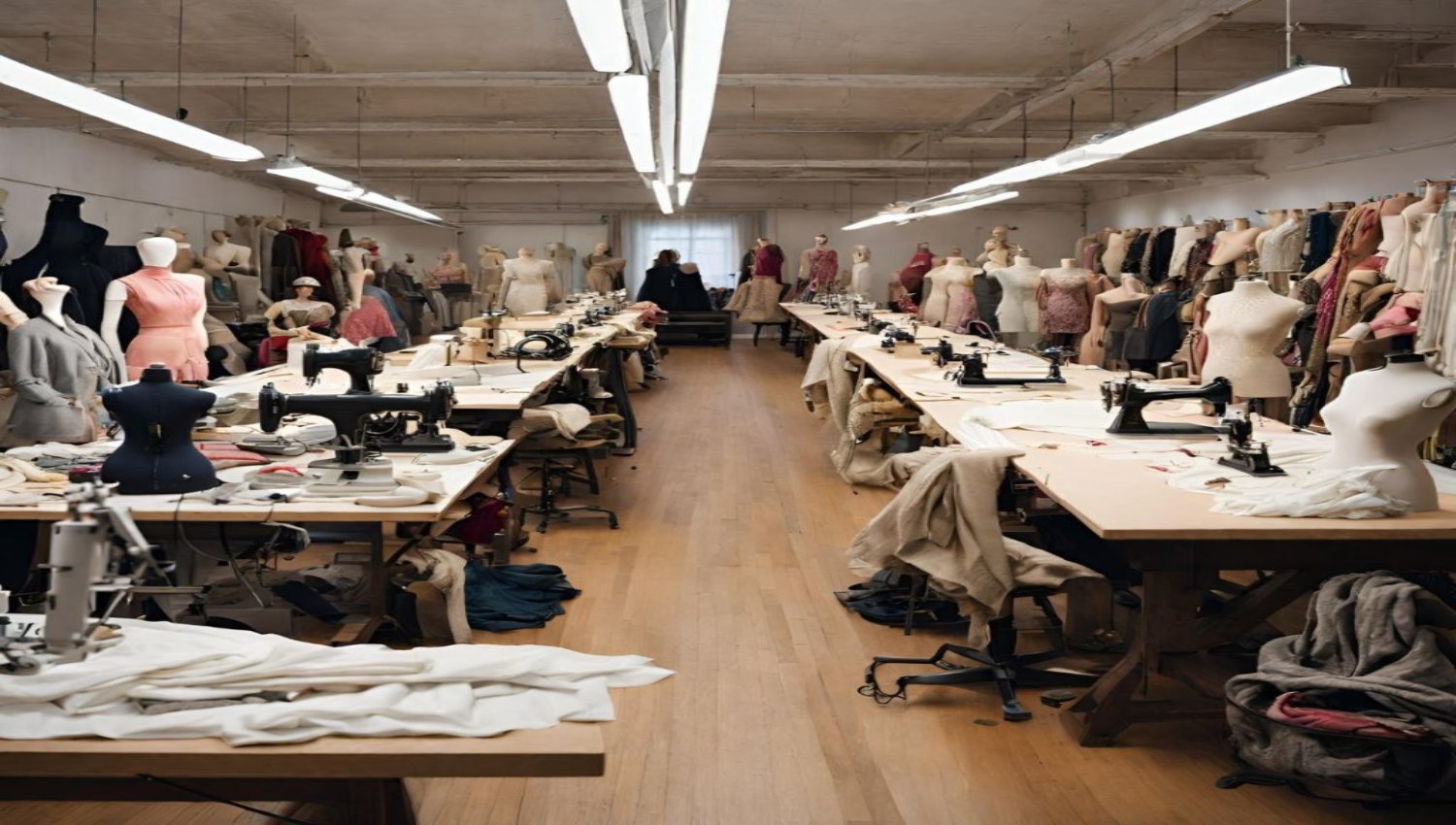Fashion designers work in numerous ways to
- design,
- clothing and
- accessories such as bracelets and necklaces.
Fashion designers endeavor to design clothes that are well-designed as well as appealingly pleasing. They think about the target consumer who is likely to wear the garment and the circumstances or events where the garment would be worn. They have an extensive range and blend of materials to work with and a wide range of colors, patterns, and styles to choose from.
Usually, most clothing worn in the daily routine falls within a narrow range of conservative styles; uncommon garments are usually pursued for special occasions, such as evening wear or party dresses. Some clothes are made particularly for an individual, like in the case of haute couture or bespoke.
Diverse Career Paths in Fashion Design:

Fashion designers may be working full-time for one particular fashion house as ‘in-house designers’ or may work alone or as part of a team. Freelance designers work for themselves and sell the designs to fashion companies, shops, or clothing manufacturers. The garments bear the buyer’s label, or the designers set up their own labels, under which their designs are marketed. Some fashion designers are self-employed and carry out designing for individual clients.
Some other high-fashion designers cater to specialty stores or high-fashion department stores. These designers produce original garments as well as garments adhering to established fashion trends.
The Enduring Art of Design: Crafting Wonders from Raw Materials:
Design, whether it changes or remains constant, needs the same amount of effort and steps to create wonders out of simple raw materials. Some use the most uncommon materials and come out with a design output that would at times create a craze in the country forever. Designing requires a creative bent of mind combined with the right training and course to end up in the creation of a wonderful piece of original artwork.
Rising Demand for Fashion Design Training in India: The Dreamzone Curriculum:
Fashion design training is an industry in demand in India presently that has grown by leaps and bounds, providing employment to several people across the world. The reason for the growth is the increase in purchasing power and the willingness of people to spend on designer wear that fits their personal style and requirements.
The Dreamzone curriculum encompasses the full spectrum of the fashion design process, spanning from color theory to embellishments. It remains aligned with creative momentum through engaging individual and group projects that stimulate thought. The students learn right from the basic design process involving: Color, silhouette, proportion, fabric selection, print design, pattern creation, texture, sampling, and garment construction; the prototyping phase involves flat pattern cutting, toile modeling, structural refinement, and embellishment, while the promotional aspect includes product and portfolio promotion, graphic design, and photographic styling. promotion/graphics and photographic styling.
Conclusion:
Mastering the syllabus fashion designing course and fundamental principles of design, such as Color Theory, Textile Selection, Functionality, and Balance & Proportion, is essential for aspiring fashion designers. Similarly, the art of fashion design offers diverse career paths and opportunities for creative expression.
With the rising demand for fashion design training, institutes like Dreamzone provide comprehensive curriculums to prepare students for success in these dynamic industries.







